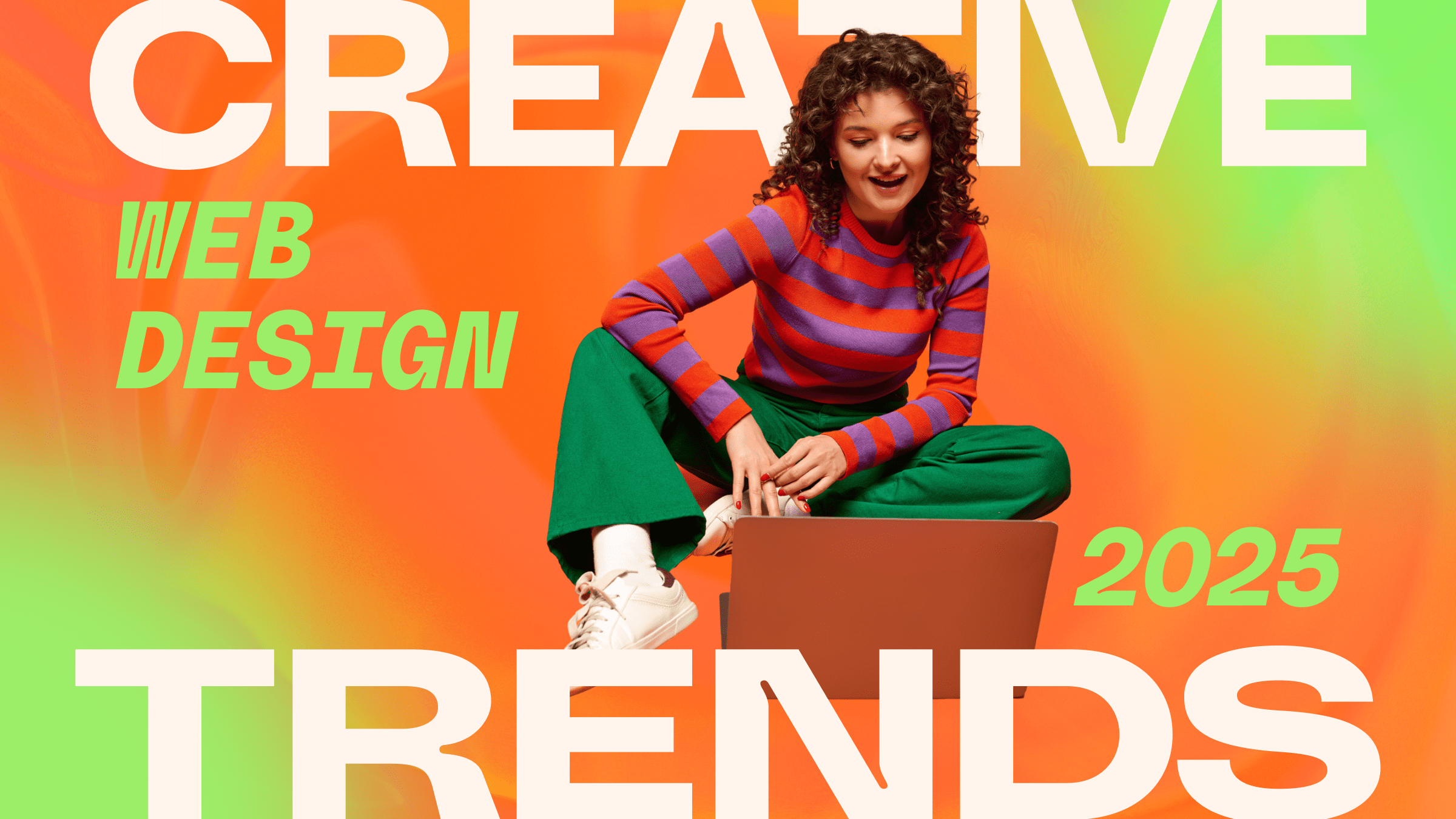Necessary Tips for Crafting High-Impact Web Site Styles
In the realm of electronic advertising, the design of an internet site works as an important touchpoint for engaging possible clients. To develop high-impact web site layouts, one have to think about essential components such as audience understanding, customer experience, and visual pecking order. Each of these parts plays a critical duty in not just drawing in site visitors however also in promoting significant communications. The interplay between these variables can be complex and nuanced, raising the concern of just how to effectively balance them to attain optimal outcomes. Checking out these approaches can lead to transformative results for your on-line visibility.
Understand Your Target Market
Recognizing your audience is essential to reliable internet site layout. A website that resonates with its visitors is often the result of extensive research study and understandings right into individual habits, demographics, and choices. Recognizing target customers permits developers to customize web content, visuals, and capabilities that fulfill their details demands, boosting interaction and fulfillment.
To successfully recognize your target market, start by performing group analyses to collect information on age, sex, area, and rate of interests. This info works as a foundation for developing individual identities, which represent the key characteristics of your target market. These identities guide decision-making in style aspects and content approach, making sure positioning with user assumptions.
Furthermore, evaluating user actions with devices like Google Analytics can expose how site visitors communicate with your website. Metrics such as bounce rates and time on web page can highlight locations that need enhancement or change. Individual studies and feedback also give vital understandings into choices and pain factors.
Ultimately, a deep understanding of your target market is not merely helpful but crucial. It equips developers to create even more relevant, appealing, and useful sites that cultivate a positive individual experience and drive wanted outcomes.
Prioritize Individual Experience
When creating a site, prioritizing individual experience (UX) is paramount to accomplishing both user contentment and company purposes. A well-crafted UX ensures that visitors can navigate the website easily, find the info they require, and involve with content efficiently. To achieve this, it is vital to adopt a user-centered design technique that entails understanding customer needs, preferences, and actions.
Start by conducting complete study, consisting of user studies and usability testing, to gather insights into exactly how individuals engage with your website. This data need to educate layout choices, making sure that features and designs straighten with individual assumptions. Streamlined navigation is necessary; site visitors need to have the ability to find info swiftly without unneeded clicks or confusion.

Lastly, make sure that your internet site is available to all individuals, including those with specials needs. Complying with ease of access requirements not only expands your audience however likewise fosters inclusivity. By focusing on UX, you lay the foundation for a successful website that meets both user needs and organization goals.
Embrace Visual Hierarchy
A well-structured aesthetic power structure plays a substantial duty in boosting individual experience by leading site visitors' interest to the most essential elements of a website. By strategically setting up material, designers can create a clear course for customers to comply with, ensuring they engage with crucial details successfully.

Furthermore, the placement of elements on the web page is crucial. Leading the viewer's gaze via the format can be accomplished by positioning crucial information on top or in the facility, where individuals usually start their aesthetic trip. Integrating whitespace around elements can likewise improve clarity, making it easier for customers to refine information without really feeling bewildered.
Finally, using typography successfully contributes to visual power structure. Different font weights, designs, and sizes can denote relevance, assisting users via the material seamlessly. By embracing these principles, designers can develop an user-friendly experience that fosters involvement and encourages customers to explore better.
Optimize for Mobile
Mobile optimization is crucial in today's digital landscape, as a significant portion of go to the website internet traffic originates from smart phones. To ensure a smooth customer experience, web sites must be created with mobile users in mind. This includes using receptive internet layout methods that adjust the format, images, and message to fit numerous screen sizes while preserving capability and appearances.
First, prioritize packing rate, as mobile customers typically run on slower networks. Maximize images and lessen code to improve efficiency. In addition, navigating ought to be user-friendly; take into consideration applying a simplified menu that allows simple accessibility to important web pages without frustrating customers.
Touch targets, such as web links and switches, should be suitably sized, guaranteeing they are conveniently tappable without mistakes. Additionally, make certain that types are mobile-friendly by decreasing input fields and using dropdowns where suitable, improving the customer experience.
Lastly, examination your site throughout various mobile tools and web browsers to determine any concerns that might impact use. By focusing on mobile optimization, you not only enhance user fulfillment however also positively affect your site's online search engine ranking, thus bring in more site visitors and improving overall involvement.
Implement Solid Branding
A distinct brand not just separates you from rivals but likewise cultivates count on and commitment amongst your audience. This identity must be reflected consistently across all electronic touchpoints, including your website, social media, and email communications.
Aesthetic components such as logos, color design, and typography play a crucial function in branding. Select a shade palette that resonates with your target audience and shows your brand name individuality. Make certain that your logo design is flexible and prominently shown on your website, enhancing brand recognition.
Web content is just as important; your tone of voice ought to line up with your brand name identification, whether it's expert, friendly, or authoritative. Engaging storytelling can additionally enhance your brand name, developing a psychological link with individuals.
Verdict
To conclude, crafting high-impact website designs necessitates a multifaceted approach that encompasses understanding the audience, prioritizing individual experience, and accepting visual pecking order. Optimization for mobile phones stays necessary, along with the execution of strong branding strategies. By integrating these elements, websites can effectively involve individuals, assist in seamless navigating, and foster psychological connections that enhance brand identification. Eventually, adherence to these principles contributes to the production of engaging and effective digital experiences that resonate with target market.
To develop high-impact site layouts, one need to consider crucial elements such as target market understanding, user experience, and aesthetic hierarchy.When making navigate to this website a site, focusing on user experience (UX) is extremely important to achieving both customer contentment and organization goals.Beginning by conducting thorough research study, consisting of user studies and functionality screening, to gather insights right into just how users engage with your website. To guarantee a seamless customer experience, websites should be made with mobile users in mind.In conclusion, crafting high-impact web site layouts necessitates a complex approach that incorporates understanding the audience, focusing on user experience, and accepting visual pecking order.